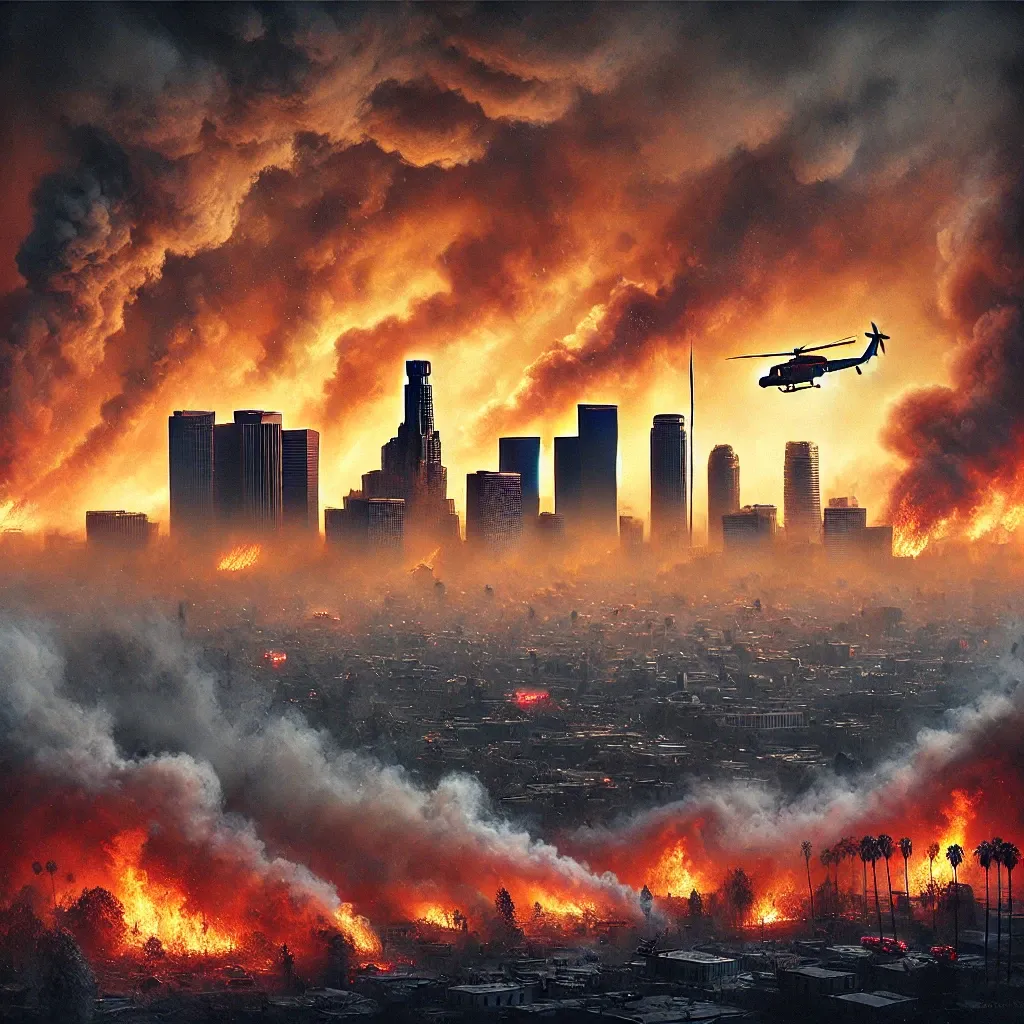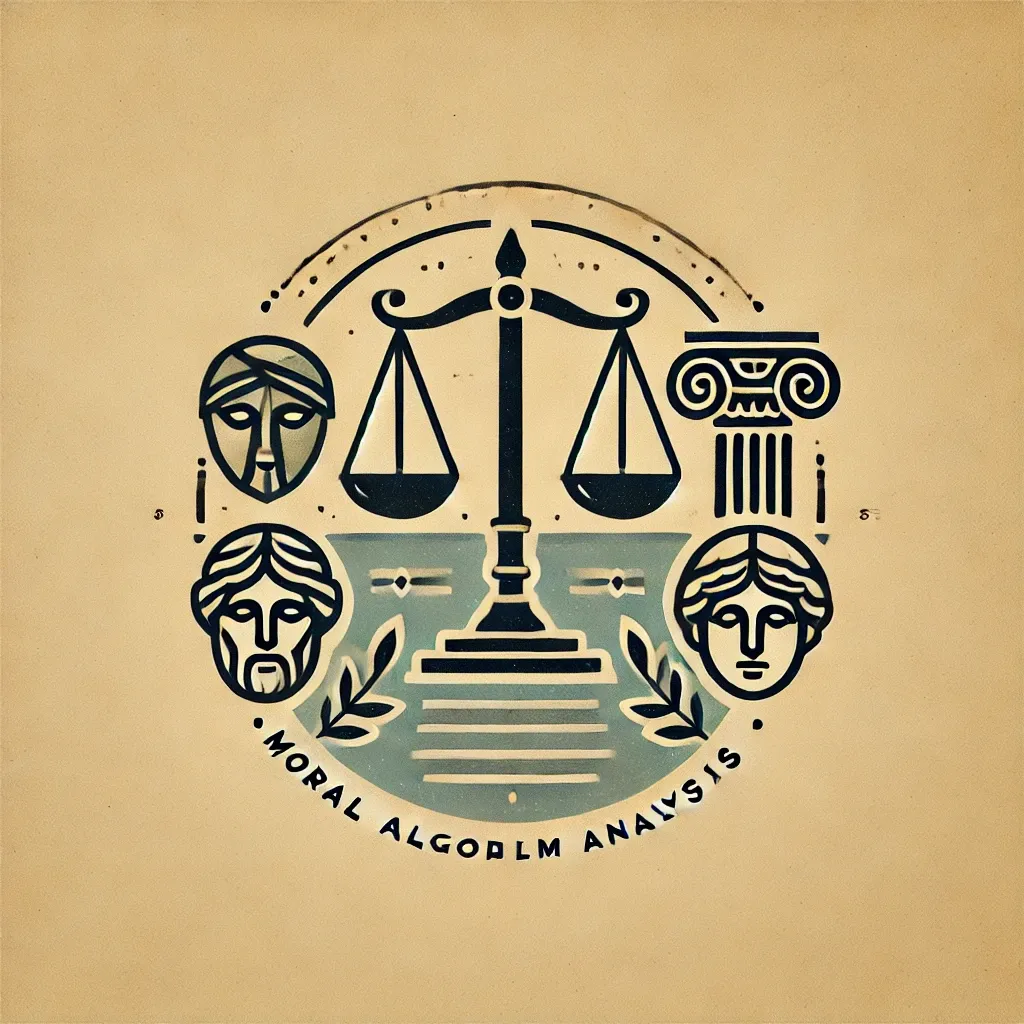Trumps response to LA fires
There are no clear instances in the search results where Trump provides a unifying or supportive response to the LA fires.

Donald Trump, the president-elect, has made several responses to the Los Angeles fires:
- He blamed California Governor Gavin Newsom for the wildfires, criticizing his water management policies 12.
- Trump claimed Newsom refused to sign a "water restoration declaration" that would have allowed more water to flow into California 7.
- He accused Newsom of prioritizing the protection of the delta smelt, an endangered fish species, over providing water for firefighting 8.
- Trump called the situation a "true tragedy" and a "mistake of the governor" 2.
- He stated on Truth Social that "Bidenscum Duo" were responsible for "gross incompetence & mismanagement" 1.
- Trump promised to "demand that this incompetent governor allow beautiful, clean, fresh water to FLOW INTO CALIFORNIA!" 8
- He called for Newsom's resignation 11.
- Trump announced that on his first day in office, he would "close the border very strongly" 2.
- He suggested that he would be "the one having to rebuild" California2.
- Trump has previously threatened to withhold federal funds for wildfire response if Newsom doesn't agree to new efforts regarding water management 8.
It's important to note that many of Trump's claims about water management and its relation to the wildfires have been fact-checked and found to be misleading or false 37.
Negative (Divisive) Responses:
- Trump criticized California Governor Gavin Newsom, whom he referred to as "Newscum," for the wildfires. He blamed Newsom's water management policies for the severity of the fires, claiming that Newsom "refused to sign the water restoration declaration put before him that would have allowed millions of gallons of water, from excess rain and snow melt from the North, to flow daily into many parts of California, including the areas that are currently burning in a virtually apocalyptic way." Trump further stated, "He wanted to protect an essentially worthless fish called a smelt, by giving it less water (it didn’t work!), but didn’t care about the people of California. Now the ultimate price is being paid." He promised to "demand that this incompetent governor allow beautiful, clean, fresh water to FLOW INTO CALIFORNIA!" These statements are divisive as they politicize the disaster by directly attacking state leadership's environmental policies.
- Trump also criticized the lack of water for fire hydrants and firefighting planes, saying, "On top of it all, no water for fire hydrants, not firefighting planes. A true disaster!" This further emphasizes his blame on state management rather than focusing on a unifying response to the crisis.
- He suggested that the fires were "virtually apocalyptic" and that "the gross incompetence and mismanagement of the Biden/Newscum Duo" were to blame, directly politicizing the crisis.
- Trump later escalated his rhetoric by stating, "One of the best and most beautiful parts of the United States of America is burning down to the ground. It’s ashes, and Gavin Newscum should resign. This is all his fault!!!" This clearly shows a divisive approach by not only blaming but also demanding resignation amidst a crisis.
Positive (Unifying) Responses:
- There are no clear instances in the search results where Trump provides a unifying or supportive response to the LA fires. His comments largely focus on blaming others and politicizing the disaster rather than offering aid or condolence.
Summary:
- Trump's responses to the LA fires, as documented in the search results, are predominantly negative and divisive, focusing on political blame rather than offering constructive support or solidarity during the crisis. His comments on social media and in public statements center around criticizing Governor Newsom and linking the fires to broader political and environmental policy disagreements rather than addressing the immediate human and material losses.
In the context of John Adams' "Moral Algorithm" where government's primary responsibility is geared towards the common good, protection, safety, prosperity, and happiness of the people, the correct governmental response to disasters like the LA fires would include:
1. Immediate Response:
- Rapid Deployment of Resources: Ensuring that federal, state, and local resources like FEMA, firefighters, emergency services, and medical aid are mobilized quickly to the disaster site. This includes providing immediate necessities like shelters, food, water, and medical care for those affected.
- Coordination Between Government Levels: Effective communication and coordination between federal, state, and local governments to ensure a seamless response, avoiding bureaucratic delays.
2. Safety and Protection:
- Evacuation and Rescue: Efficient evacuation plans, search, and rescue operations to save lives and ensure the safety of residents.
- Public Safety Announcements: Clear, timely, and accurate information dissemination to the public about the disaster, safety measures, evacuation routes, and where to get help.
3. Support and Recovery:
- Financial and Material Aid: Provision of financial assistance for rebuilding homes, businesses, and infrastructure. This could involve grants, low-interest loans, and insurance support.
- Mental Health Support: Recognizing the psychological impact of disasters, providing access to mental health services for those affected.
- Long-Term Recovery Plans: Developing strategies for not just immediate recovery but also for long-term rehabilitation and resilience against future disasters.
4. Prevention and Preparedness:
- Learning from the Event: Conducting thorough post-disaster analyses to understand what worked, what didn't, and how to improve future responses. This includes scientific research into disaster causes and management.
- Infrastructure and Policy Improvements: Investing in better infrastructure (like fire-resistant building codes, improved water management systems), and revising policies to mitigate future risks. This would involve addressing issues like climate change, land use, and urban planning in a proactive manner.
5. Transparency and Accountability:
- Open Communication: Keeping the public informed about what the government is doing, why certain decisions are made, and how funds are being allocated.
- Accountability: Ensuring that all actions taken are for the public good, with mechanisms in place to hold officials accountable for mismanagement or negligence.
6. Community Involvement:
- Engaging Local Communities: Involving local leaders and community members in the planning and execution of disaster response to ensure that solutions are culturally sensitive and meet the specific needs of affected areas.
7. Non-Political Approach:
- Avoiding Politicization: Focusing on the disaster response without using the crisis as a platform for political gain or to score points against political adversaries. The emphasis should be on cooperation rather than division.
In essence, following Adams' moral algorithm in disaster response means prioritizing the welfare and dignity of every citizen, ensuring that the government acts as a protector and facilitator of recovery, rather than an entity focused on its own interests or those of a select few. This approach would apply not just to wildfires but to any natural or man-made disaster, with the core principle being the service to the common good.
